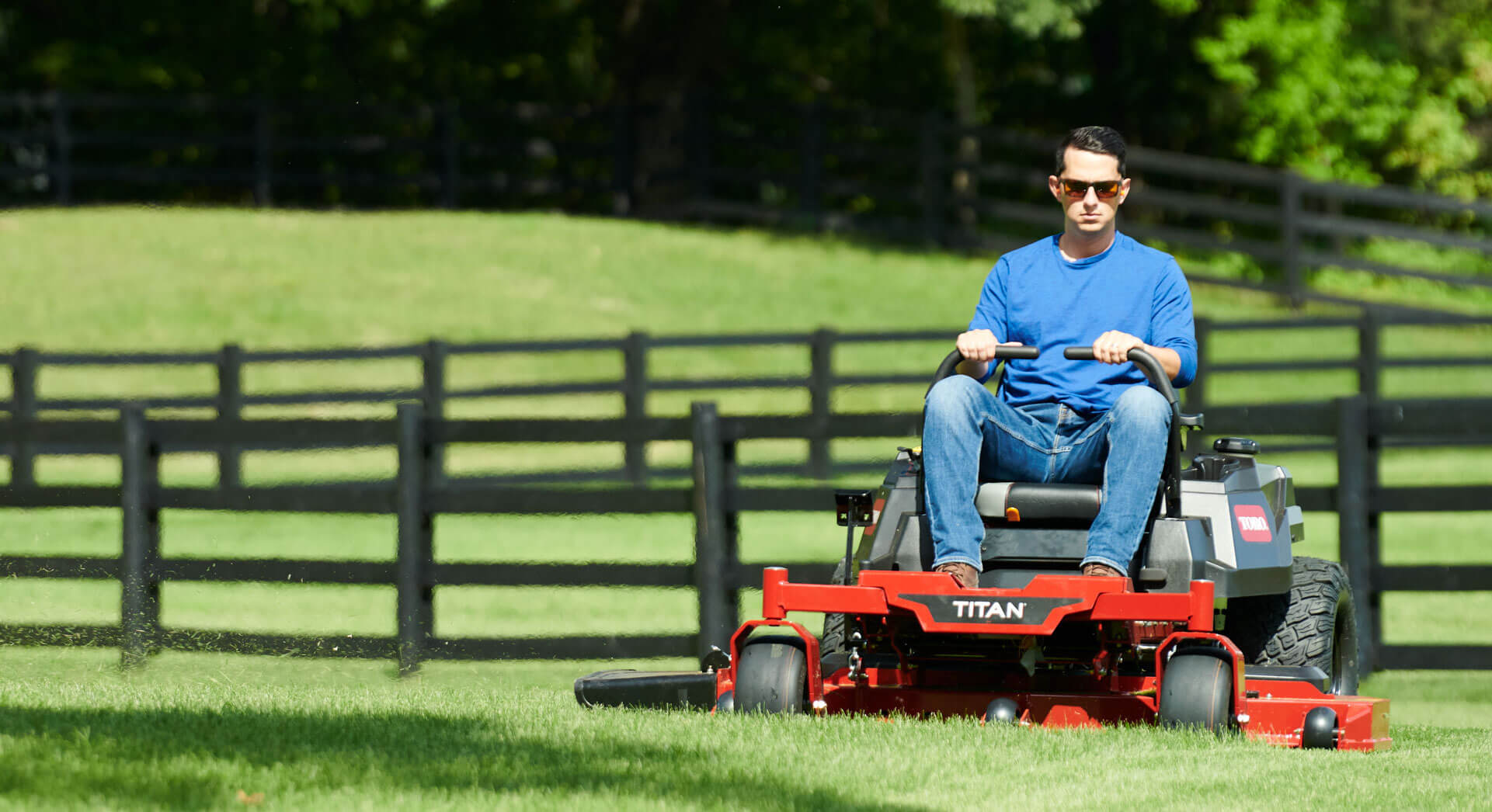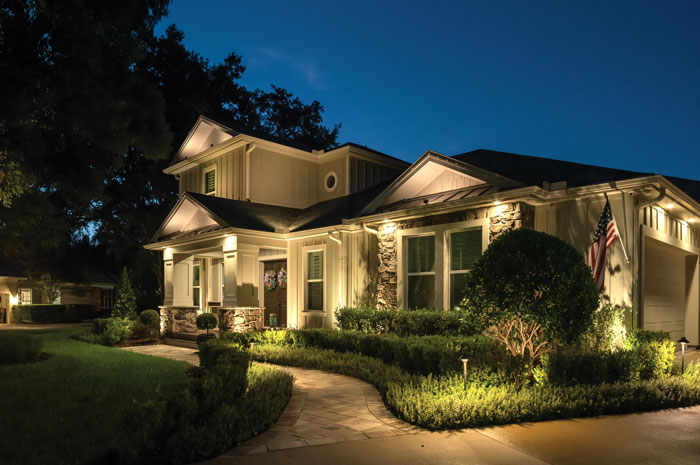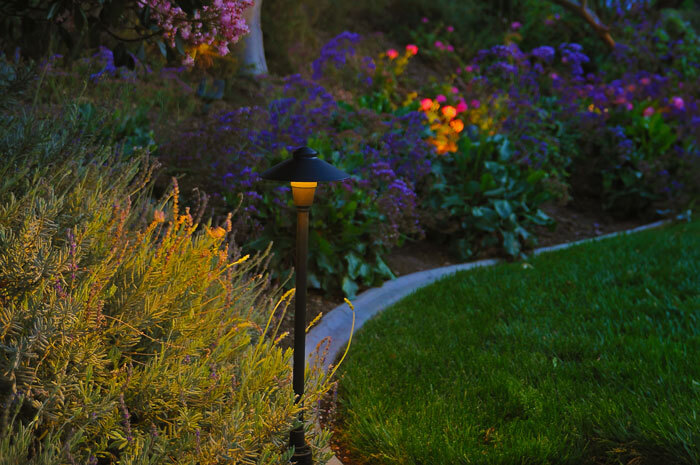
Making the Case for the Zero-Turn Mower.
You have your dream home with the giant yard. Life is great. Then reality kicks in. Someone’s going to have to mow all of this. Let’s be honest, that someone is going to be you. Now, you could waste your whole weekend mowing it with a push lawn mower — or, you can do what’s right and get a riding lawn mower.
With so many riding lawn mower and lawn tractor options out there, how do you know which one is right for you and your yard? For this article, we’re going to focus on the fun zero-turn lawn mower.
What is a Zero-Turn Lawn Mower?
A zero-turn lawn mower uses dual-hydrostatic transmissions to give you ultimate maneuverability and control. Instead of a steering wheel, it’s controlled by two separate levels. To move forward, push both levels forward. To turn, slow or stop the mower and push one lever in the direction you want to go — either left or right. The lawn mower will quickly spin and point you in that direction in an extremely tight near-zero turning radius. It can even spin you 360º from a standstill. Hence how it earned its name of a zero-turn mower.
Do You Need a Zero-Turn Lawn Mower?
Need and want are two different things. Zero-turn mowers are ideal for large yards over ½ acre and have plenty of trees, landscaping, and brush. The zero-turn’s speed and ability to get in close to areas quickly is what makes this a winner over your typical riding lawn mower that has a larger turn radius. That means you’ll have fewer missed spots at the end of the day that will need to be touched up with a string trimmer or push mower. Owners of zero-turn machines have reported time savings of up to 45% over their previous mower. If that all sounds good, maybe a zero-turn mower is a great buy for you.
Here’s What to Look for When Buying a Zero-Turn Lawn Mower:
Mower Metal
Zero-turn mowers often come at a price premium versus a typical riding lawn mower. But there’s even a difference between zero-turn brands. To see which model might be more durable over another, look at the steel frame design and construction. Lower gauge metal is thicker and could mean your engine and deck is better constructed and protected.
Deck Construction
There are two types of mower decks. Commercial-grade zero-turn mowers typically have a fabricated deck that’s formed by welding several pieces of heavy-gauge steel together. Residential-grade mower decks often use a single piece of steel that was stamped in a press — more than adequate for an average residential yard. If you have rough terrain, however, you might want to look for a mower with a fabricated deck like the IronForged deck on a Toro TimeCutter or TITAN.
Engine Design
Captain, we need more power! Pending the model you buy, your zero-turn mower could have a single-cylinder engine or a twin-cylinder HOV engine. The twins are found on more commercial-grade machines and offer more power and fewer vibrations.
Cutting Height
What you want is a mower that allows you to easily adjust the deck height. Some models come equipped with hand and foot levels that lift up the deck quickly for short periods. Think lifting it up to get over a known tree root or stump — and then back down again to get to work. With other mowers, you’ll need to get off and raise the deck by hand, but manufacturers often offer an optional deck lift attachment kit so you won’t get slowed down.
Wide Wheels
The wider the wheels, the better the weight distribution. This makes it easier on the grass and helps improve traction. If you want better wheels, look for 4-ply rated tires. They’re the most durable.
Comfortable Ride
You could be spending an hour or more on this gas-powered machine. Might as well make yourself comfortable. Before you buy, literally get on it. How does it feel? Is the seat comfortable? Is your back supported? Can you easily see and reach the control panel? For added ride comfort, look for a comfort suspension system, like Toro’s MyRIDE, to keep your cushioned from bumpy terrain.
Accessory Add-Ons
Beyond just cutting the grass, some zero-turn manufacturers sell attachments to fit your needs — whether you want to bag grass clippings, mulch, snow plow, thatch or more.
Command Center
When you’re in the driver’s seat (well, it’s the only seat, really), you’re in command. Here, you’ll want to make sure you have quick access to all controls. This is where you can reduce your mower’s speed when cutting around delicate or difficult areas, or open it wide up and go fast on the open stretches.
Money Matters
If you have the need, zero-turn mowers are definitely worth it. Expect to spend anywhere from a little less than $2500 on up to $6000 for residential models — and even more for commercial ones. Why the big cost difference? Higher-end models typically come with all the bells, whistles, and added durability and comfort.
Ready to Ride?
If you’re suddenly interested in buying a zero-turn mower, we don’t blame you. To find the one you want to bring home, check out all our great riding lawn mowers at Toro.com.



